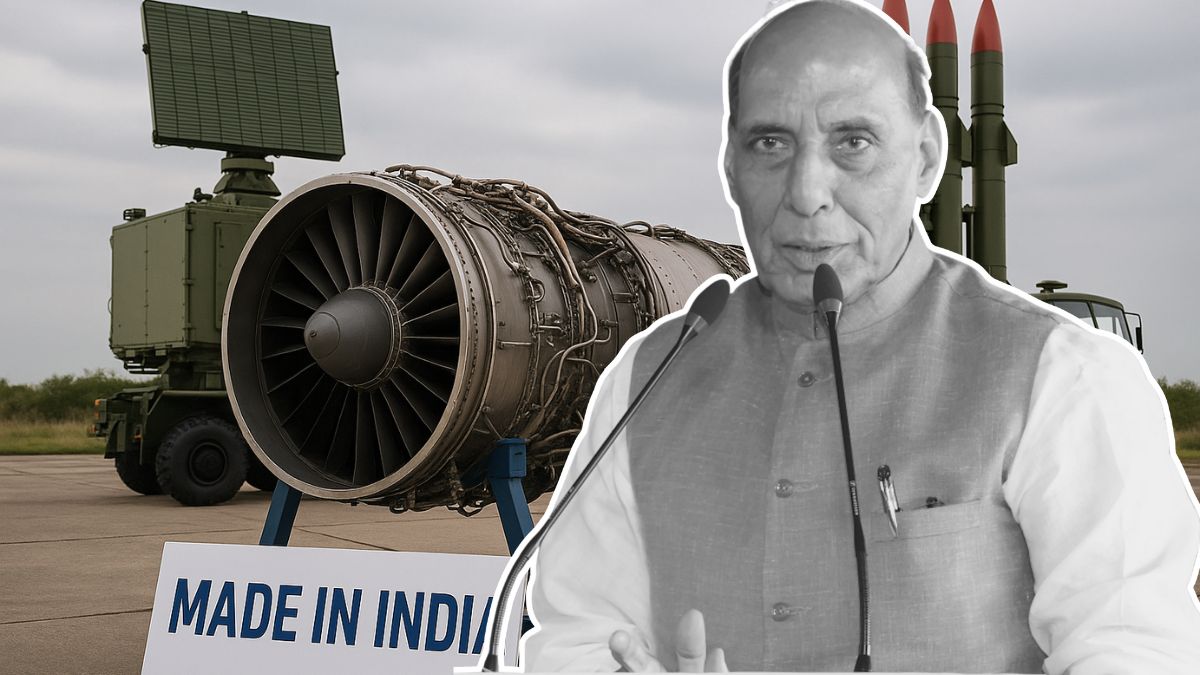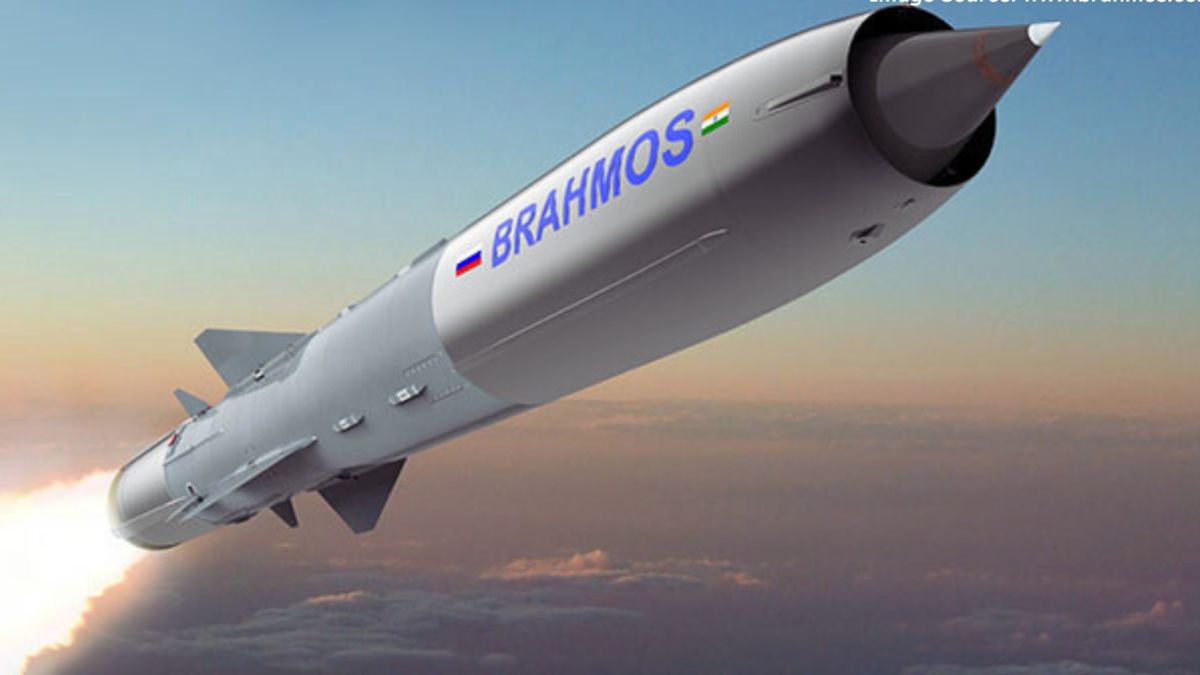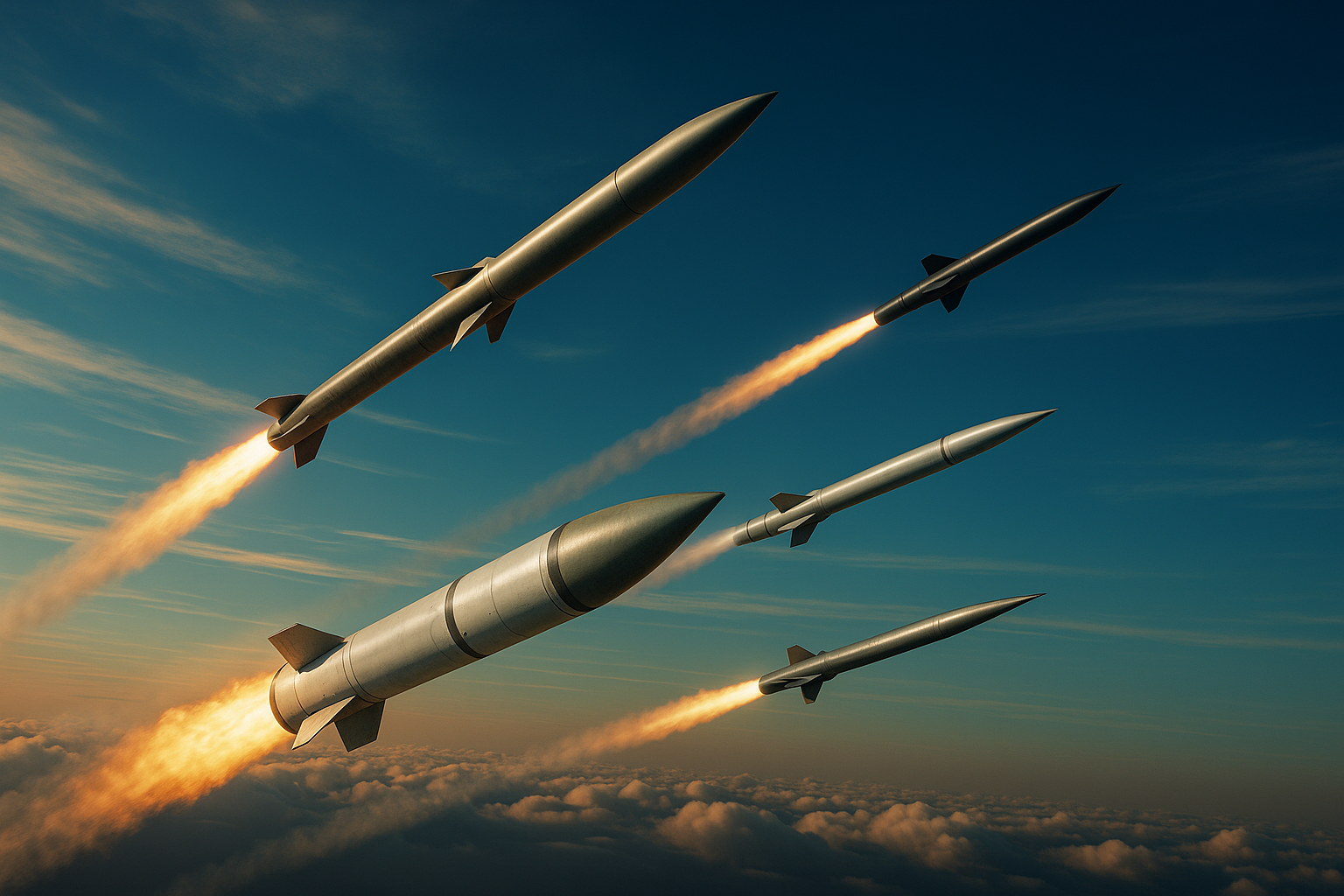Full Aerial Security To Critical Installations: Rajnath Singh Announces Sudarshan Chakra Upgrade In 10 Years

The Centre would provide complete aerial security to all important installations in the country over the next ten years (Image courtesy: RNA)
Defence Minister Rajnath Singh on Saturday (August 30) underlined the urgency of self-reliance in military capability, stressing that India “cannot afford to be dependent on foreign supplies in present times.” Speaking at a conclave in Noida, Singh said the government’s focus is on indigenisation of defence technology to ensure long-term security readiness.
Announcing a major initiative, Singh revealed that the government will roll out the Sudarshan Chakra air defence system over the next decade. The proposed system, he said, will provide “complete aerial security” to critical installations across India. It would involve both offensive and defensive elements, in order to deal with security threats.
What is the ‘Sudarshan Chakra’ air defence system?
Designed with both offensive and defensive elements, the project is being positioned as a decisive step in shielding the nation from evolving air threats.
The ambitious project was announced by Prime Minister Narendra Modi earlier this month from the Red Fort. Mission Sudarshan Chakra will in the future integrate long-range interceptors capable of taking down ballistic missiles as well.
How is private industry contributing to self-reliance?
Defence Minister Singh also inaugurated a new defence equipment and engine-testing facility of Raphe mPhibr Pvt Ltd in Noida, calling it a “strong reflection of Aatmanirbhar Bharat.” He disclosed that preparations for developing a powerful indigenous aero-engine were almost complete and the execution phase would begin soon.
The announcement indicates the growing synergy between government policy and private sector innovation in India’s defence ecosystem.
Made in India aero-engine soon?
While there already is an intense push towards self-reliance in defence manufacturing, defence minister Singh also spoke about India’s plans to make its own jet engine. He declared that India has taken up the challenge of developing a powerful indigenous aero-engine, sharing that preparations for this critical project are now almost complete.
Why are drones central to modern warfare?
Highlighting the shift in global battlefields, Singh called drones the “significant force” of contemporary warfare. He noted how they had transitioned from surveillance tools to fully capable combat systems, now defining conflict outcomes. Drawing parallels with the Russia-Ukraine war, he said drones had proven decisive “earlier, now, and continuously,” serving as a lesson for India to integrate them deeply into its warfighting doctrine.
How has India’s approach to drones evolved?
During his address, Singh recalled how India once relied on imported drones, but is now designing, developing, and manufacturing them domestically. He praised the role of entrepreneurs and innovators who have helped close the technological gap. According to the defence minister, countries that invested in drone technology early have secured a combat advantage, while others “have been left behind.”
India, he suggested, is determined not to remain in the latter category.
From Singh’s vantage point of “six to six-and-a-half years as Defence Minister,” he asserted that the core of modern military power lies in aircraft technology and drones. By pushing forward with projects like Sudarshan Chakra and indigenous aero-engine development, India is seeking not just to secure its skies but also to redefine its place in the global defence order.







